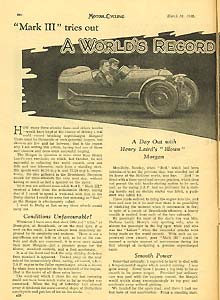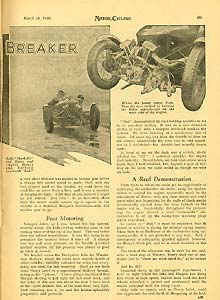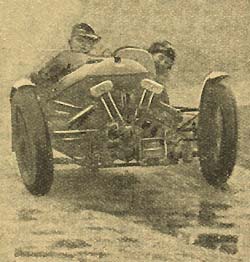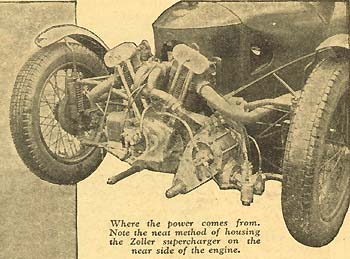




"Mark III" and Henry
 | 
|
| (above): Henry and Barbara Laird with "Red." (right): Where the power comes from. Note the neat method of housing the Zoller supercharger on the near side of the engine. |
| Bemerkung: Der Super Aero von Henry Laird namens "Red" hat bis heute überlebt und wird von Larry Ayers regelmässig und mit grossem Erfolg bei Rennen in den U.S.A. eingesetzt. In unserm |